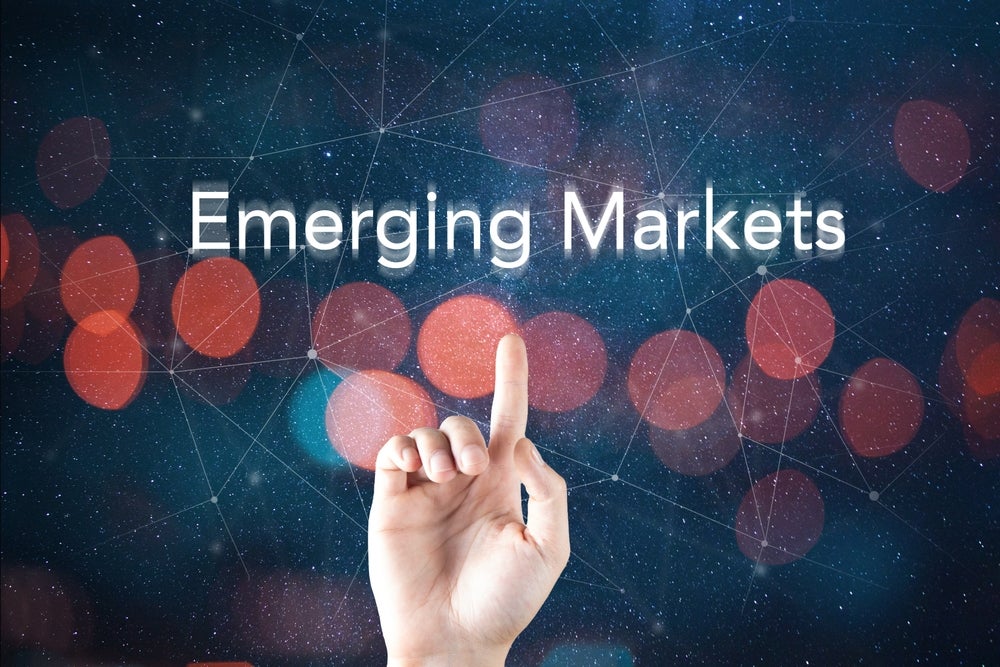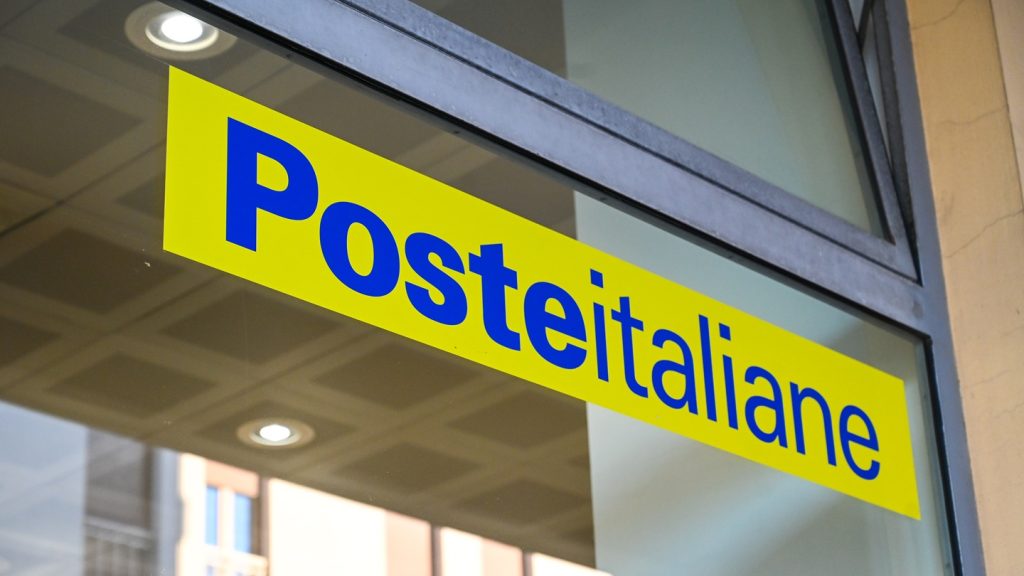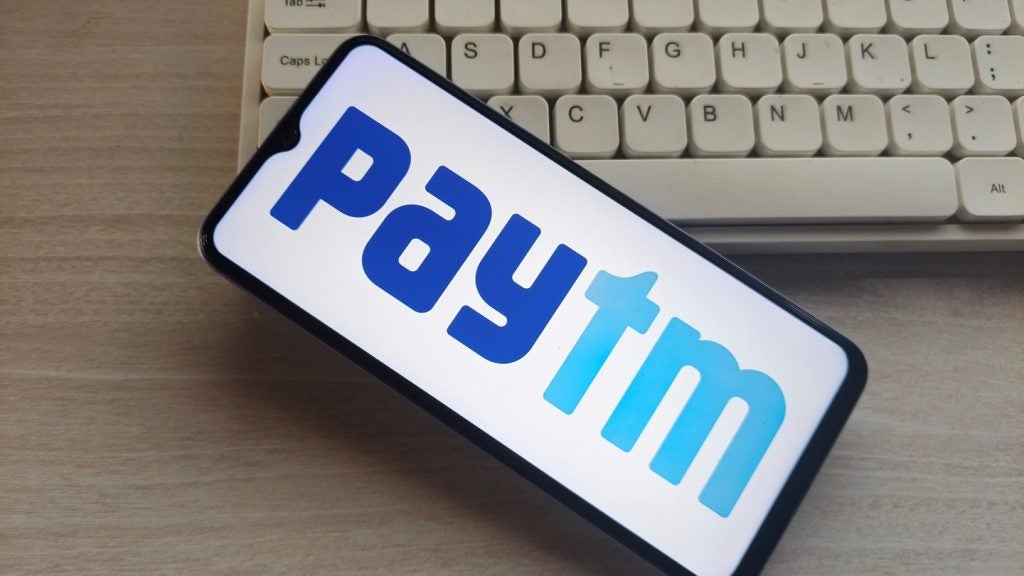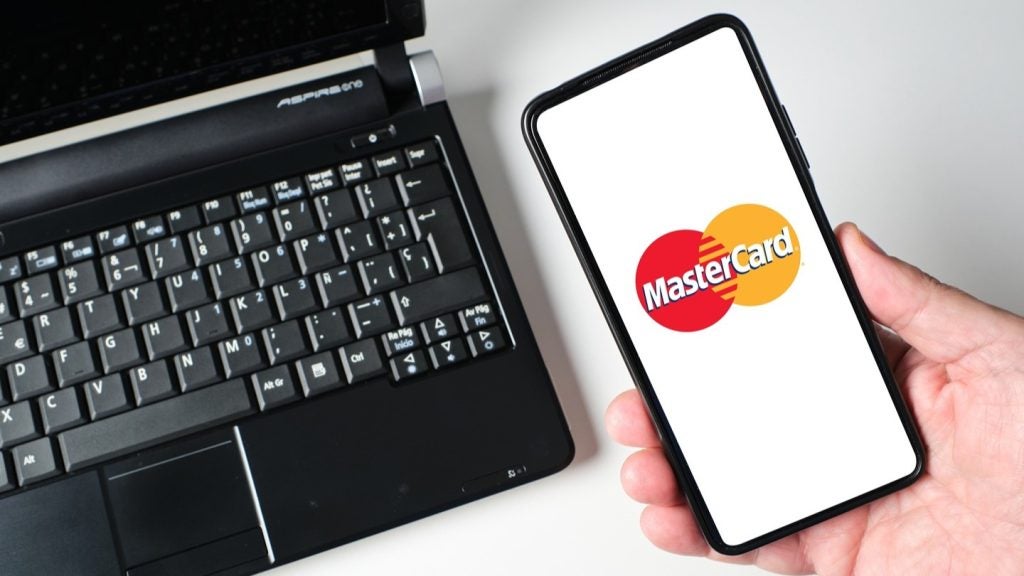Every business runs on one fundamental thing, and that’s payments. Regardless of what size or sector we’re talking about, money has to move before the services do. And yet, in 2025, it’s astonishing how often that money still moves too slowly.
According to JP Morgan, global payment flows reached $195tn in 2024, and the number is only growing, with projections set to reach $320tn by 2032. Other market reports indicate that B2B payments make up the majority of this landscape, standing at 96% of total flows. And a large share of that is driven by SMBs and B2B e-commerce operations.
In other words, business-to-business transactions are the true engine of global trade. But in emerging markets, where the potential for growth is greatest, the engine is still working at half-efficiency, at best.
Why is this happening? How can this be improved? Let’s dive in to figure it out.
The cost of outdated infrastructure
The Middle East and Africa alone generate more than $20bn yearly in B2B payment volume. Yet, many of these payments take weeks, sometimes months, to settle. In some regions, settlement can stretch up to 90 days. That’s 90 days of frozen working capital and 90 days of missed opportunities. Not an ideal situation, no matter how you look at it.
For small and mid-sized businesses, these delays can be devastating. A furniture manufacturer in Vietnam or a textile exporter in Nigeria can’t afford to wait three months for their money. Every extra day impacts liquidity and weakens their competitive ability.
In this sense, outdated payment rails are not just inefficient; they are barriers to financial inclusion. And one of the biggest reasons for these barriers comes down to fragmented systems. Cross-border payment platforms today still aren’t very good at “talking” to each other. What this means is that transactions often pass through multiple intermediaries, each taking a cut and adding their own layer of delay to the process.

US Tariffs are shifting - will you react or anticipate?
Don’t let policy changes catch you off guard. Stay proactive with real-time data and expert analysis.
By GlobalDataBetween fees fluctuating en route and never knowing when compliance checks might stall a transfer indefinitely, the landscape for companies is problematic, to say the least. All of this together puts an invisible burden on trade, but one that can be acutely felt. Every delay quietly erodes the working capital and pushes up the cost of doing business, which, in turn, burns away the will to keep doing it. Large corporations might see all this as just a small dent in their overall efficiency, but for SMEs, it’s a source of existential dread.
In short, the demand for better infrastructure is clear. What’s missing is the network to match that demand. A smarter, faster, and more connected B2B payment ecosystem is necessary for emerging markets to be able to chase their ambitions effectively.
A shift Is underway
Fortunately, we are already seeing signs of things gradually changing for the better. Over the past few years, three major forces have started to redefine how money moves across borders. Let’s go over them one by one.
1. Embedded finance: simplifying complex flows
Embedded finance has quietly become the backbone of modern B2B payments. By integrating payments, FX, and even credit directly into ERPs, procurement platforms, and B2B marketplaces, businesses can now settle invoices almost instantly.
No more need to wait for banks to confirm transfers or reconcile transactions, because the system itself takes care of it automatically. Embedded B2B payments are projected to reach $16tn in transaction value by 2030, and it’s easy to see why. When payments are built into the platforms where businesses already operate, it’s a wonderful way to get rid of needless financial friction.
2. Telecom–fintech partnerships: reaching the unreachable
In regions where banking penetration is low but mobile reach is high, telecoms have become the unexpected heroes of financial inclusion.
In Africa, for example, telecom-fintech ecosystems now count over 500 million registered mobile-money accounts. Just in Kenya alone, mobile money penetration is at 91%, clearly showing how deeply embedded fintech rails have become in areas where banks are still struggling to reach.
One of the most remarkable examples of this is M-Pesa, the mobile payments platform, operating across seven countries in the region. In Kenya, the company serves over 35 million monthly active users, and has processed over almost $300 billion in annual transaction value.
The data shows that even in 2023, M-Pesa was already responsible for handling over 70% of Kenya’s transactions and facilitating nearly 60% of the country’s GDP. A very clear testament to how telecom-backed payment systems can transform an entire economy.
Collaborations like Mastercard/MTN or JUMO/Orange Money also follow similar paths, making it possible for individuals and businesses in these regions to access virtual cards, micro-credit services, and more. Payments and compliance tools are being layered on top of existing mobile services, creating smoother cross-border opportunities for SMEs. What started as mobile money has evolved into a foundation for full-scale participation in global commerce.
3. Regulatory sandboxes: enabling innovation, not blocking it.
There’s a common misconception that regulation slows innovation. In reality, the opposite is happening. Across emerging regions, regulators are embracing sandboxes: controlled environments that allow fintechs to test new payment models under flexible oversight.
We can take Southeast Asia as a prime example of this: even back in 2024, reports showed that all SEA-6 countries either already had active sandbox programs or were planning to implement them. Meanwhile, in the UAE, initiatives like ADGM and DIFC frameworks have become regional benchmarks in their own right.
These programmes lower the barrier for experimentation and help fintechs bring real solutions to market faster. They’re proving that smart regulation doesn’t restrict growth; it helps it along.
Diverse regions, but one road
Different countries and jurisdictions are figuring out payment evolution in their own distinct ways, shaped by the economic and regulatory realities they each face. But one thing that’s true for all of them is that, in today’s economy, money needs to be able to move as swiftly as data does. In seconds. Every delay and every manual check adds friction that small businesses cannot afford.
It’s no longer a question of whether emerging markets “will” adopt smarter payment infrastructure. The question now is “how fast” they can scale it. Smarter cross-border payments don’t just move money; they move economies forward. And the faster emerging markets can jump on this train, the better off they will be for it.
Deepak Gusain is СOO at Cartex









